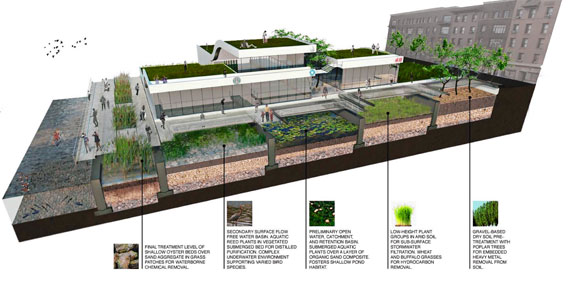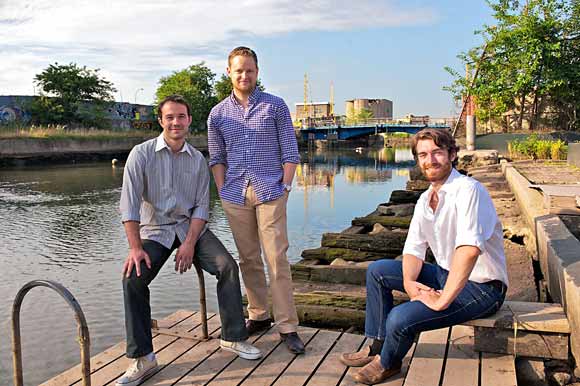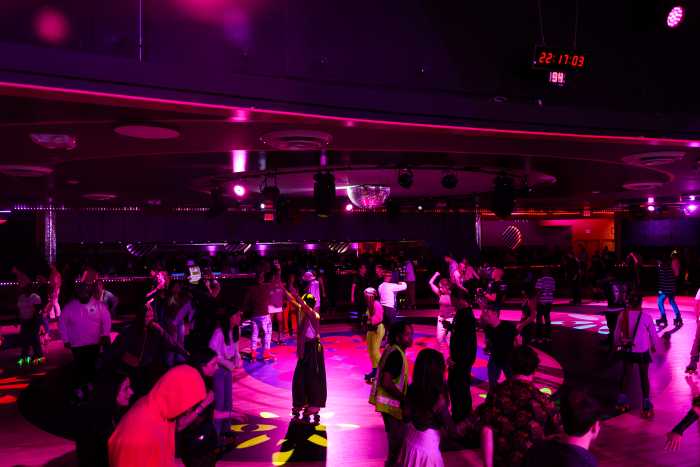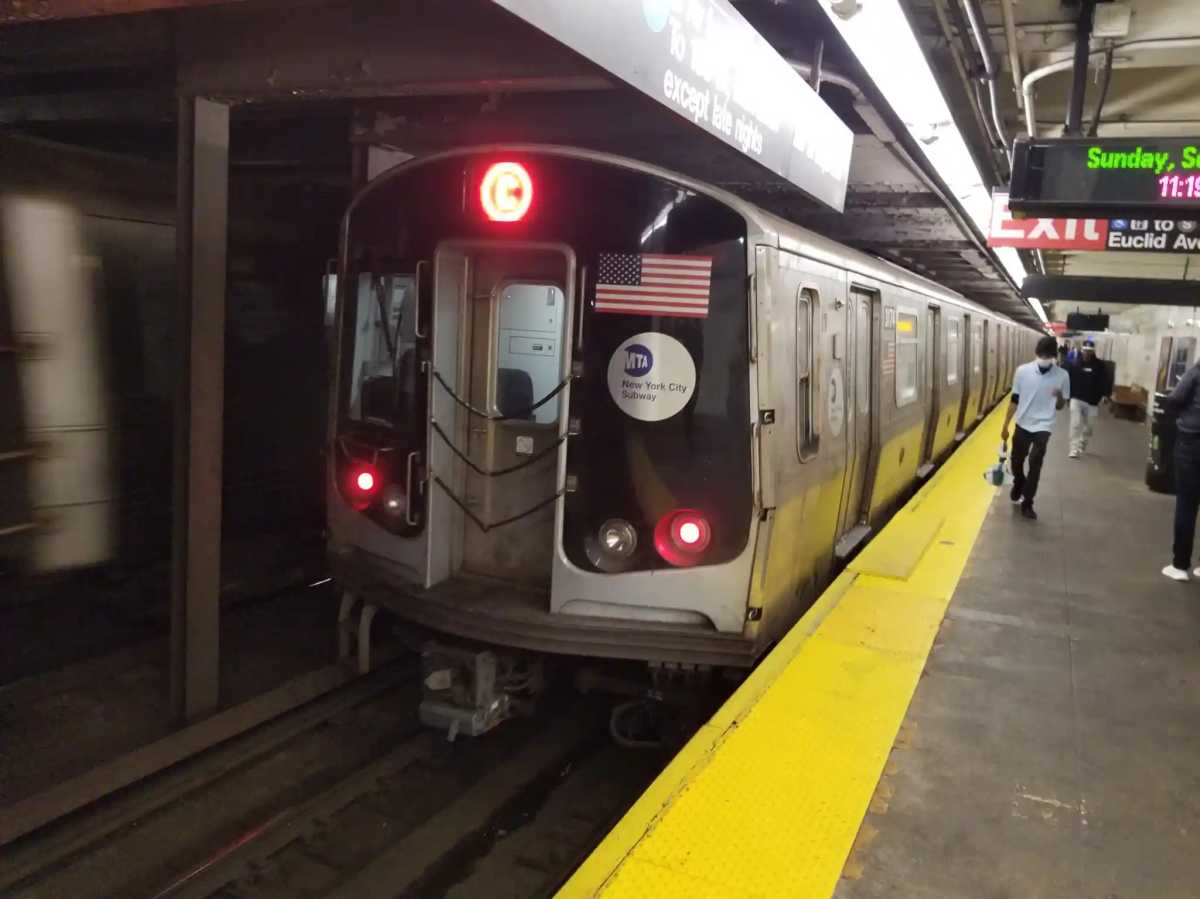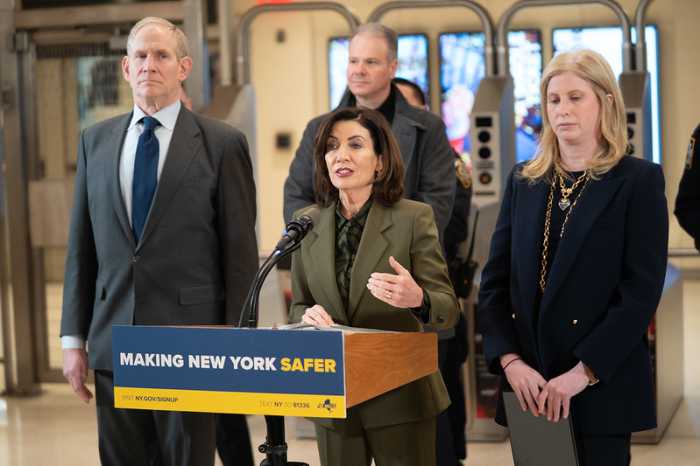BY NATALIE O’NEILL
The Gowanus Canal would morph from a poop river into the eco-friendly Amsterdam of Brooklyn under a series of prize-winning schemes put forward by a bunch of brilliant-but-far-fetched dreamers.
Three groups of architects have won thousands of dollars for merging city planning and wacky bio-remediation that could transform the fetid waterway with bridges, waterside bike lanes and even places to meet for coffee.
The contest — launched by Gowanus By Design, a Carroll Gardens-based non-profit that dished out $2,000 in prize money — is meant to jumpstart “outside-the-box conversation” and debate about the future of one of the nation’s most polluted waterways, a problem that won’t be solved for years.
“The designs are interesting blue-sky ideas,” said Andrew Simons of Gowanus Canal Conservancy, an environmental group. “But they’re not going to happen in your lifetime or mine.”
Even so, designers used ecological, architectural and technological designs to clean, maintain and draw people to the once-industrial wasteland. Winners include:
• “B.Y.O.B.” (Build Your Own Bridges): A “bridge-scape” design that features 16 bridges — many of them spacious and covered — linking Red Hook and Carroll Gardens to Gowanus. The setup is meant to encourage use of bridges as gathering points, a modern nod to the Ponte Vecchio in Florence, aimed at promoting use of the canal as a throughway for canoes and kayaks.
• ”Domestic Laundry”: An agriculture-centric design that uses floating islands, wetlands and soil — along with a huge, canal-side greenhouse and plenty of trees — to encourage urban farming and a self-cleaning ecosystem.
• “Gowanus Flowlands”: A retail- and residential-heavy design that uses oyster beds — which filter polluted water — and fields of wheatgrass to remove toxic chemicals. It also includes a lily pad-dotted water basin that sits between a Starbucks and an H&M.
“The idea was to make wetlands and city space — which seem like two opposing things — feed off of each other,” said Tyler Caine, a first-place winner, whose team took home $1,000.
Ambitious as it may be, his plan — along with the others — won’t come to fruition anytime soon, thanks to a decade-long, $500-million, clean-up overseen by the Environmental Protection Agency, which last year declared the long-tainted waterway a federal Superfund site.
The contest — dubbed “Gowanus Lowline: Connections” — comes after years of discussion about how to turn the area, which hangs in development limbo due to the clean-up, into a welcoming place for living and tourism.
A shorter-term and more realistic beautification solution may be Sponge Park — a greenway proposed by the conservancy — that would retain water on rainy days so that untreated sewage does not continue to flow into the canal, a vile problem that was captured in an apocalyptic YouTube video during last year’s tornado and flash storm.
Flooding like that is just one of the things city planners should prevent next time around, said Anthony Deen of Gowanus By Design.
“We want people to engage with the canal — not turn their backs and hold their noses,” he said.
